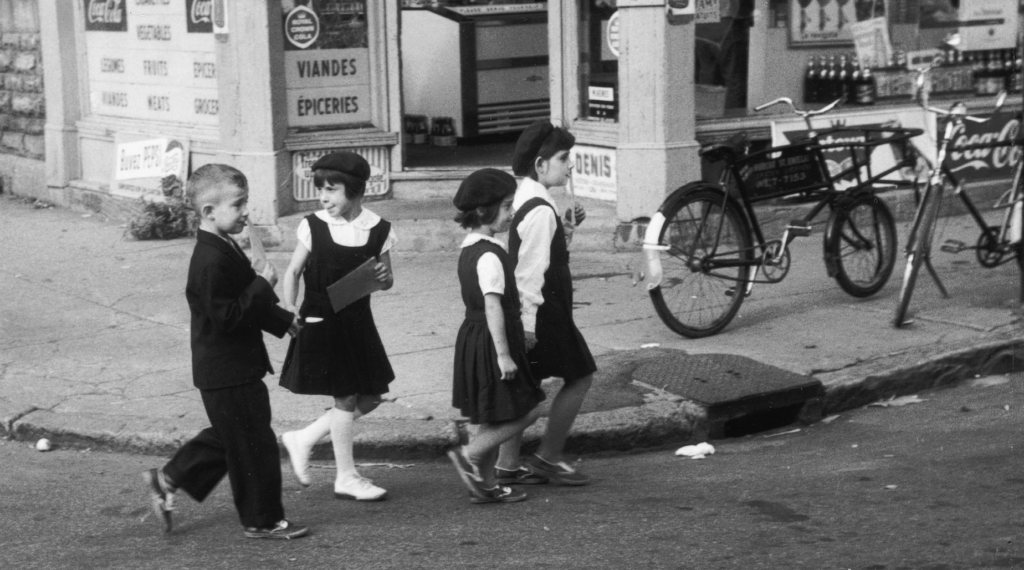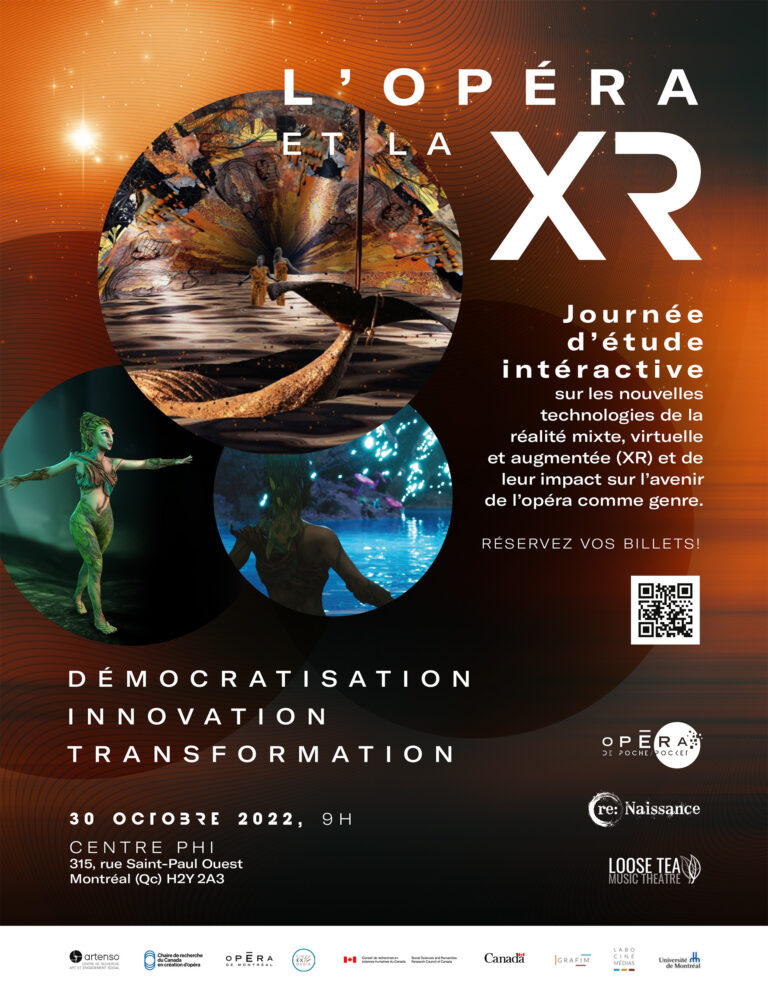The cinEXmedia partnership is joining with the NFB to present therapeutic films for seniors.

Olivier Du Ruisseau
With more than 14,000 titles, the collection of the National Film Board of Canada (NFB) is one of the largest in the country. For the past few months, researchers from cinEXmedia and the Institut universitaire de gériatrie de l’Université de Montréal (CRIUGM) have been collaborating with the federal agency to present therapeutic films from its collection in five screenings for senior citizens this year.
In this way, the two organisations hope to establish a catalogue of therapeutic films, and possibly make them available on a digital platform, an initiative which promises to open new intersectoral research paths combining cinema studies and the health sciences.
“Our activity is similar to Projet Lumière, which cinEXmedia launched with the Centre de recherche de l’Institut universitaire de gériatrie de Montréal (CRIUGM)”, explains Marie-Odile Demay, a post-doctoral researcher managing the project in collaboration with the NFB. “Its goal is to measure the effects of audiovisual clips on the brain of the elderly. Although we have not yet obtained all the results of this experiment, we are already able to formulate certain interesting observations”.
Moreover, cinEXmedia has had the ambition, since the beginnings of the Lumière project, of establishing an on-line film collection inspired by the results of that project. The NFB quickly became obvious as the best partner for such an endeavour. “Not only is the NFB collection impressive”, Demay explains, “but the organisation is particularly well-equipped to help us create a program of films representative of the realities of Canadian seniors and to prompt memories in them, as the NFB catalogue has been putting Canadian stories into images since the 1940s. In the end, we hope to create programs not only for autonomous seniors, as we are doing now, but also for people with dementia and their caregivers, families, occupational therapists and psychologists”.
Therapeutic Memories
In keeping with the results of the Lumière project, relaxation and laughter were initially among the main effects that cinEXmedia sought to produce with its catalogue. While Demay and her team still try to select films which can generate well-being amongst their viewers, she now hopes most of all to give voice to often marginalised elderly people and to awaken memories in them and lead them to communicate their lives out of these memories.
“The NFB collection is overflowing with films on historic events dear to Canadian seniors”, she remarks. “With films about Expo 67 or Queen Elizabeth II’s trip to Canada, for example, we can remind them of memories and as a result produce therapeutic effects. Alongside this, we hope to present films which depict minority communities established in Quebec for a long time, in particular Haitians and Italians. We hope that our selection will reach the greatest number of people”.
For the moment, five screenings are planned to test the responses of participants, by means of questionnaires and moderated discussions, to the content provided by the two organisations. The film is due to premiere in December at the NFB screening room for public viewing and distribution to the residents of Montreal's Quartier des spectacles. Other screenings will be organized every two months and announced at a later date. The aim of these screenings is to use anonymous questionnaires to measure the reminiscence value of selected films.
“Film Therapy”
The project is in the tradition of “film therapy”, which goes back to the 1980s, Demay remarks: “Studies have been carried out over many years on the benefits of cinema when it takes us back to our childhood memories or to precious moments in our lives. Films, through both their content and their form, can evoke in patients significant memories of their lives, like a son who went off to war, a striking moment when immigrating to the country or simply their neighbourhood life, as in À Saint-Henri le cinq septembre by (Hubert Acquin, 1962 - see photo). These memories, once they are awakened, can be a vector for sharing and for helping marginalised people or people with cognitive disorders get out of their isolation. The therapeutic possibilities are therefore immense”.
Demay does not know when the digital platform may see the light of day, because “the project is still underway and the film collection still has to be completed. In the coming weeks”, she indicates, “we will be working in close collaboration with those in charge of the NFB collection and the team at the NFB Innovation Lab to identify and select films which correspond to major themes, such as memorable historic moments, representative stories of the life cycle or films on sporting activities and social life. This collaboration with the NFB team, combined with our expertise in film, will make it possible to identify the best film-therapy works for our target audience and possibly to follow up on the project of a digital platform for a greater number of people”.
“It is a privilege to have the opportunity to work on this project”, Marie-Odile Demay remarks. “It makes it possible to develop real world practices out of the more theoretical research carried out by cinEXmedia on cinema, health and aging”.

